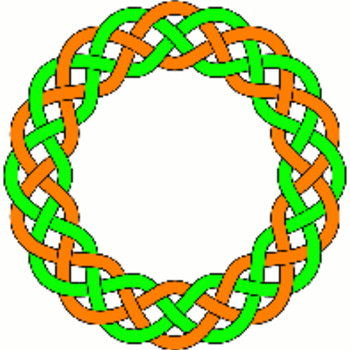How do you find the length of the curve for #y=x^(3/2) # for (0,6)?
2 Answers
See below.
Explanation:
We need
# = 4/9 [2/3(1+(9x)/4)^(3/2)]_0^6#
# = 8/27[(4+9x)^(3/2)/8]_0^6#
# = 1/27(58sqrt58 - 8)#
16.064 (to 3 places of decimals)
Explanation:
Denoting some short segment of the curve by
Extracting
Taking square roots of both sides
from which
Now noting
implies
so
that is
so the required solution is
Gritting teeth and going for integration by substitution with
so that
from which
and noting required limits under the substitution
so
that is


